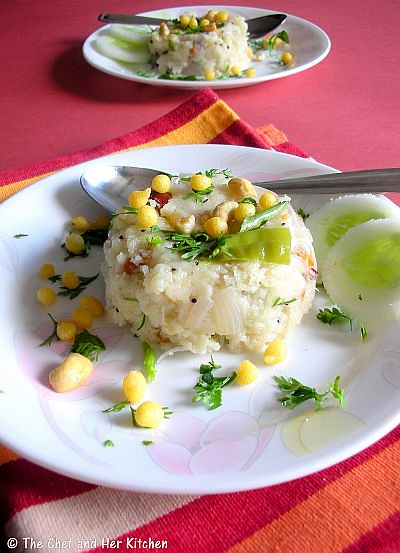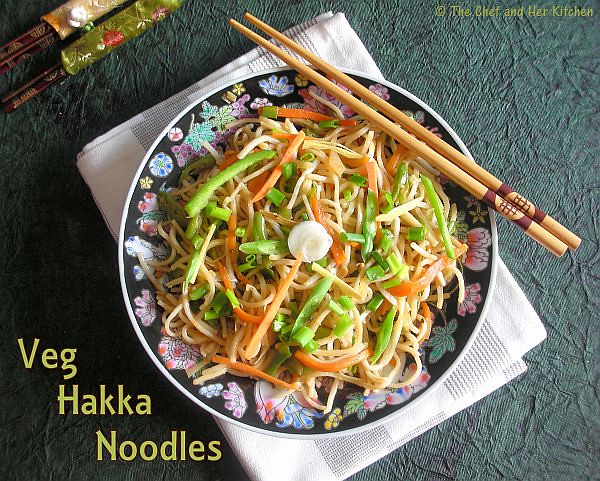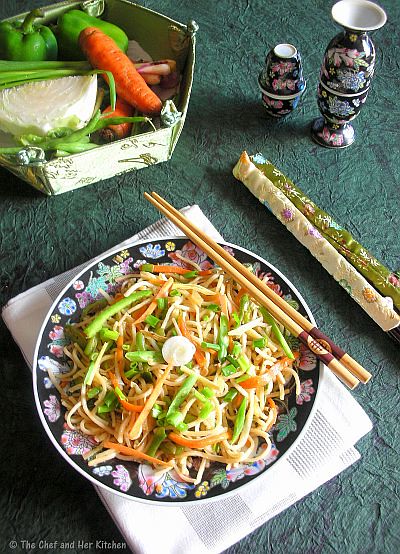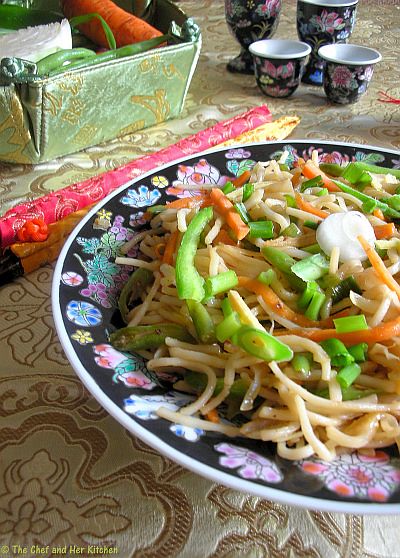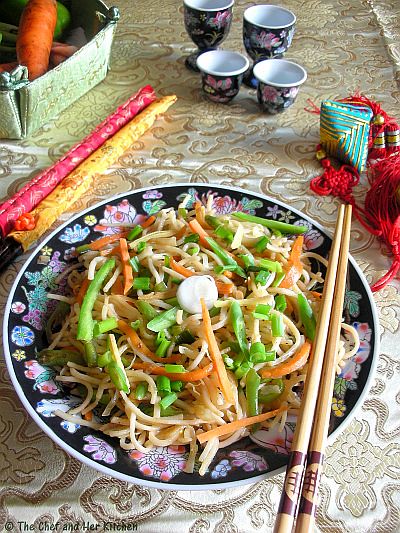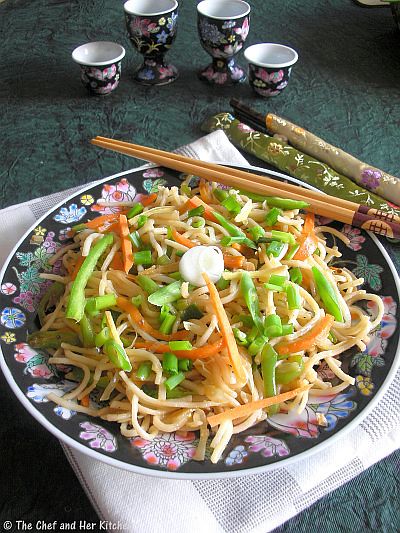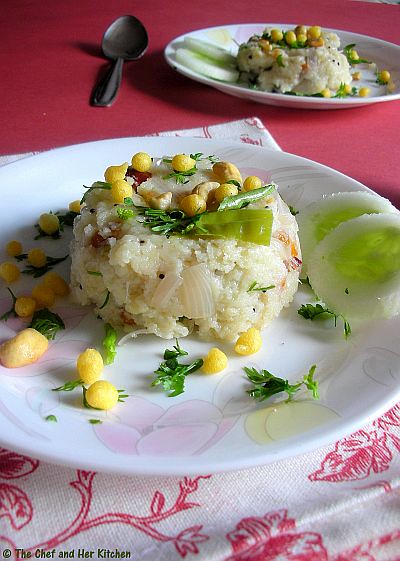 After two and half years of blogging I am posting a simple upma recipe which sounded bit funny to me,but its always better to be late than never.I have realized recently that I have only kharabath recipe in my blog and I never posted basic upma recipe.If you think that making upma is easy then you are absolutely wrong,making upma is easy but making a good non-sticky tasty upma is an art.
After two and half years of blogging I am posting a simple upma recipe which sounded bit funny to me,but its always better to be late than never.I have realized recently that I have only kharabath recipe in my blog and I never posted basic upma recipe.If you think that making upma is easy then you are absolutely wrong,making upma is easy but making a good non-sticky tasty upma is an art.I remember we used to call Upma as 'Concrete' during our childhood might be because of its texture and is not liked by many.As a kid I never used to like upma and of course I did not touch it for 21 years and my mom always had to make something else for me as I never used to eat upma.But things change and now I have realized that making upma is so easy,quick and convenient dish and when it is made properly one can enjoy piping hot simple upma like a gourmet meal.I got to know few tips and techniques over experience to make tasty upma and now I can say I thoroughly enjoy upma either as a quick breakfast or dinner.This post might sound silly for my blogger friends,but let me tell you that this recipe is aimed only for beginners in cooking and also for bachelors who looks for simple n yummy recipes.
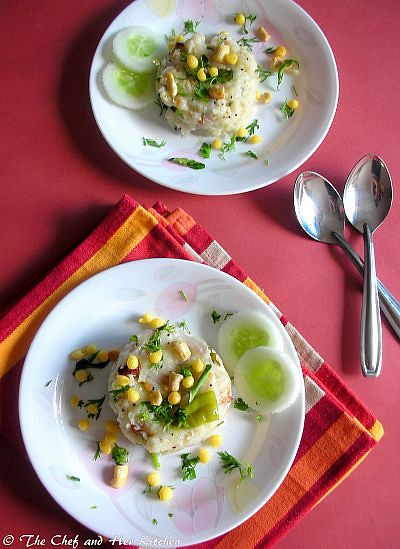 Sooji Upma Recipe:
Sooji Upma Recipe:(serves 2)
Ingredients:
1 cup Sooji/Rawa
2 medium Onions,sliced
3-4 Green chillies,slit
1/4 cup grated fresh Coconut
2 tbsp chopped fresh Coriander
1/2" Ginger,chopped
a sprig of Curry leaves
8-10 Cashew nuts,broken
1 tbsp Lemon juice
1 tbsp Chana dal
2 tsp Urad dal
1/2 tsp Mustard seeds
2-3 tbsp Oil
1 tbsp Ghee
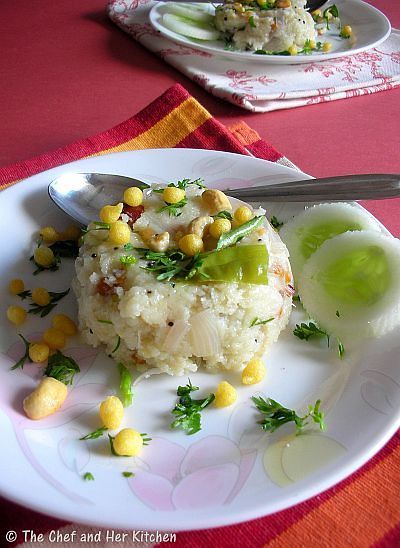 Method:
Method:- Dry roast rawa(sooji) in a kadai until the nice aroma starts from it.Remove it from the pan and let it cool.You can even roast rawa in a tsp of ghee which also gives a nice flavor to upma.
- Heat oil in a thick aluminium kadai(which is ideal for making upma) or non-stick kadai and crackle mustard seeds.
- Add chana dal,cashew nuts and urad dal and roast until they turn golden brown.
- Add slit green chillies,chopped ginger and curry leaves and fry them until they wilt.
- Add sliced onions and fry them until they are pink in color.
- Mean while boil 3 cups of water(1c rawa:3c water) in another vessel until it reaches the boiling point.
- Pour the hot boiling water into the upma kadai where onions are fried and let it boil again.
- Add required amount of salt to it.
- Now pour the rawa with one hand and keep stirring with another hand using a ladle,make sure you make this process very quickly otherwise you will end up having lumpy upma.
- Once everything is mixed,keep the lid on and cook it on low flame for 2-3 mins.
- Add ghee,coriander,grated coconut and lemon juice to it and mix well.
- Cover it and let it sit for 4-5 mins before you serve.
Serve it hot with some boondi/chips/cucumber and coconut chutney.
Notes:
Notes:
- Roasting the rawa ensures that the upma will not become sticky,so do not skip this step.
- Boiling the water separately and adding it to upma is also another key step to get nice and soft upma.
- If you want the upma to be very soft add 1c rawa:3c water,if you want it bit dry then add it in the ratio of 1c rawa:2 1/2 c water.
- You can add extra ghee while serving it.
- For a vegan version avoid ghee in the recipe.
Variations:
- You can add vegetables like finely chopped carrots,beans,capsicum,cabbage and fresh peas while frying onions to make it mixed vegetable upma.
- You can add fresh and tender avarekaalu while frying onions to make it avarekalu uppitu,do not miss to make this in avarekaalu season as it adds a very nice flavor to upma.
- Instead of regular sooji you can use bansi(kesar) rawa or lapsi(wheat rawa) and follow the same recipe.If using Lapsi add water in the ratio 1c rawa:2 1/2 c water.Bansi rava upma tastes very nice instead of regular rawa.

